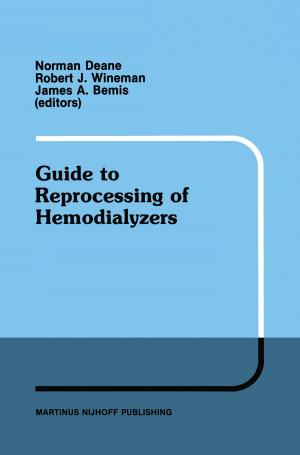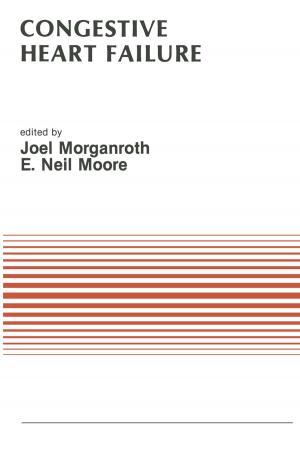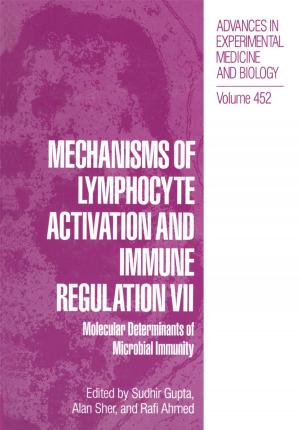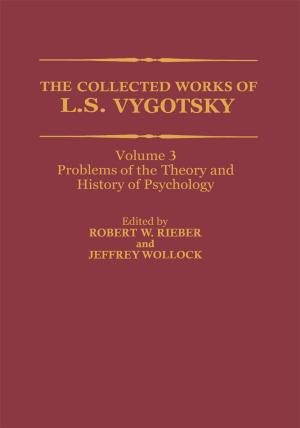Biochemical Modulation of Anticancer Agents: Experimental and Clinical Approaches
Proceedings of the 18th Annual Detroit Cancer Symposium Detroit, Michigan, USA — June 13–14, 1986
Nonfiction, Science & Nature, Science, Biological Sciences, Biochemistry, Health & Well Being, Medical, Specialties, Oncology| Author: | ISBN: | 9781461323310 | |
| Publisher: | Springer US | Publication: | December 6, 2012 |
| Imprint: | Springer | Language: | English |
| Author: | |
| ISBN: | 9781461323310 |
| Publisher: | Springer US |
| Publication: | December 6, 2012 |
| Imprint: | Springer |
| Language: | English |
Biochemical Modulation at the present time defines an area of study in which the intracellular metabolism of a given anti cancer agent is modulated (usually by a noncytotoxic agent or a cytotoxic agent at sufficiently low dosage to make it non cytotoxic) in order to either increase the effectiveness of the particular agent against tumor cells or decrease its cytotox icity against normal cells. The major focus of modulation has been the agents 5-fluorouracil (FUra), arabinofuranosylcytosine (ara-C), methotrexate (MTX) and a few alkylating agents. The major thrust of the studies has been to increase the flow of the anticancer agent along the pathway responsible for the formation of the cytotoxic species: for example, FUra to FUTP or ara-C to ara-CTP. While in most cases the application of research re sults to clinical trials does not require the subsequent exper tise of the laboratory researchers, application of biochemical modulatory schemes to clinical protocols necessitate a dramatic break with the past procedures. As shown in the laboratory clinical loop below, close collaboration between the laboratory and clinical investigator is essential. While the laboratory REDEFINE TECHNOLOGY, TESTS OR QUESTIONS FOR FURTHER THERAPEUTIC ADVANCE CLINICAL EXPERIMENTAL PROTOCOL (LABORATORY) RESEARCH STUDIES DEFINE AND TEST APPROPRIATE SCIENTIFIC PARAMETERS results define rationally-based regimens, it is essential that the clinical protocols contain the requirement that clinical material (either tumor or normal tissues) be sampled to deter mine whether the biochemical modulation being proposed is in fact beinq accomplished.
Biochemical Modulation at the present time defines an area of study in which the intracellular metabolism of a given anti cancer agent is modulated (usually by a noncytotoxic agent or a cytotoxic agent at sufficiently low dosage to make it non cytotoxic) in order to either increase the effectiveness of the particular agent against tumor cells or decrease its cytotox icity against normal cells. The major focus of modulation has been the agents 5-fluorouracil (FUra), arabinofuranosylcytosine (ara-C), methotrexate (MTX) and a few alkylating agents. The major thrust of the studies has been to increase the flow of the anticancer agent along the pathway responsible for the formation of the cytotoxic species: for example, FUra to FUTP or ara-C to ara-CTP. While in most cases the application of research re sults to clinical trials does not require the subsequent exper tise of the laboratory researchers, application of biochemical modulatory schemes to clinical protocols necessitate a dramatic break with the past procedures. As shown in the laboratory clinical loop below, close collaboration between the laboratory and clinical investigator is essential. While the laboratory REDEFINE TECHNOLOGY, TESTS OR QUESTIONS FOR FURTHER THERAPEUTIC ADVANCE CLINICAL EXPERIMENTAL PROTOCOL (LABORATORY) RESEARCH STUDIES DEFINE AND TEST APPROPRIATE SCIENTIFIC PARAMETERS results define rationally-based regimens, it is essential that the clinical protocols contain the requirement that clinical material (either tumor or normal tissues) be sampled to deter mine whether the biochemical modulation being proposed is in fact beinq accomplished.















